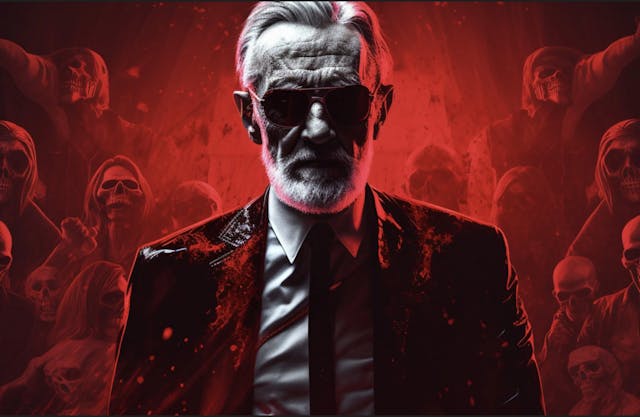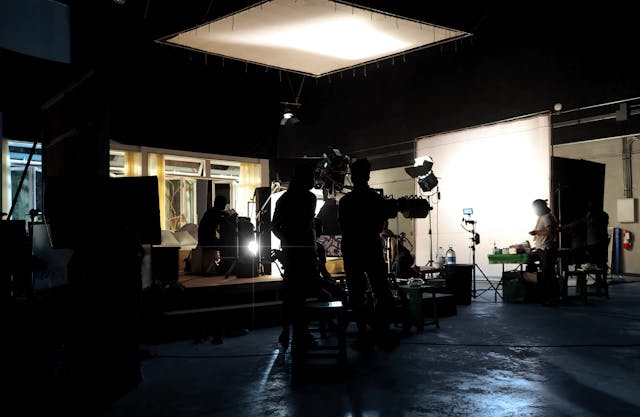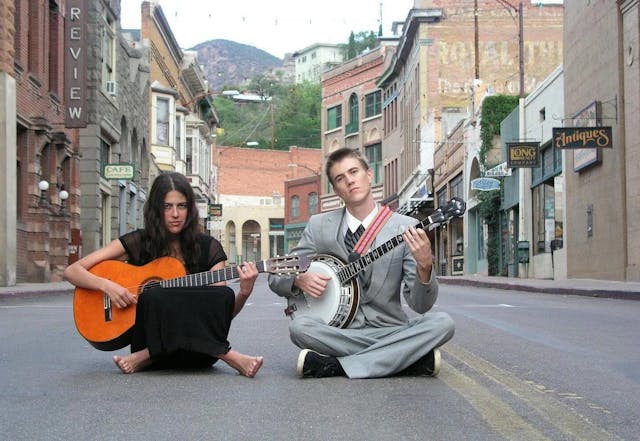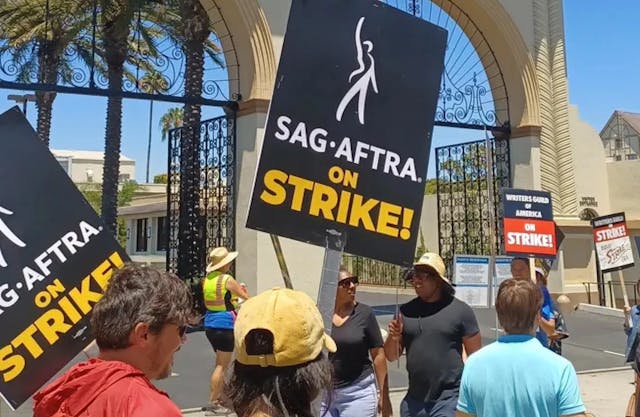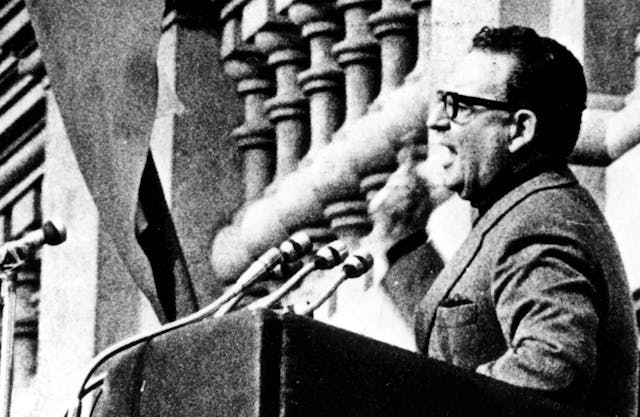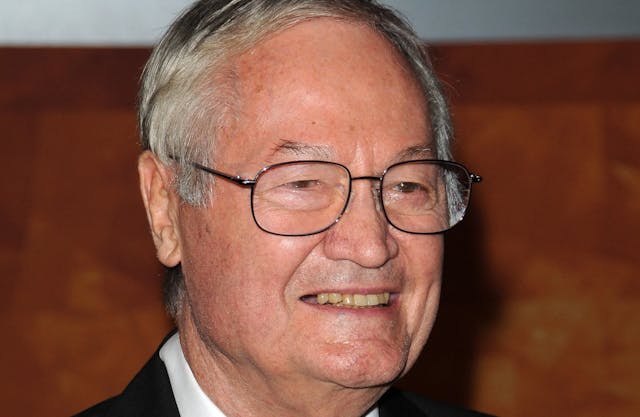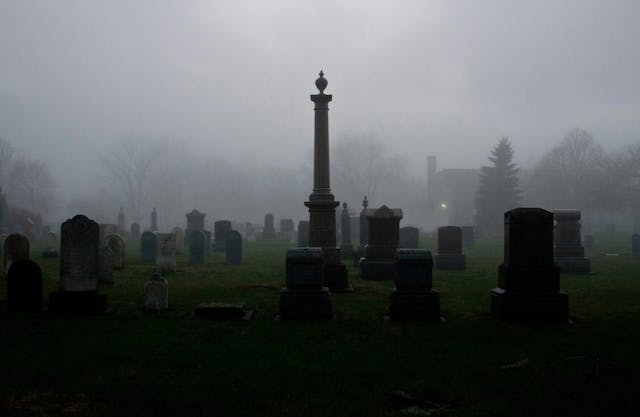
What makes a movie indie? The label exists as opposed to the concept of studio movies, originated by powerful filmmaking companies that create products easy to sell to a public eager to see the same thing repeatedly. Reality is much more complex than that. Many indies we hold dear are distributed by specialty divisions that belong to mega-corporations. And sometimes, big studios give leeway to a maverick, or a project screen-tested to death ends up being a great film.
Far from business consideration, let’s say that indie is a state of mind. In the immortal words of Supreme Court Justice Potter Stewart in the famous 1964 anti-pornography case about a theater owner accused of obscenity for showing the Louis Malle film “The Lovers” (1958), “I know it when I see it.” I know indie when I see it. It’s a feel for the fabric of life beyond the tyranny of wish-fulfillment. It is a revelatory way to engage with the world, disregarding market expectations. And it’s not necessarily against giving audiences a good time.
If somebody asks you what an indie movie is, you can show them one of these. Chances are they will end up craving for more. Some were so successful and popular that they defy the stereotype civilians have about the word indie. They took the world by storm and pushed audiences out of their comfort zone. You will not see foreign films on this list. We believe our conception of indie films depends on American culture. There are plenty of state subsidies and alternative funding institutions in other countries, so the game is very different.
The Pioneers of Independent Cinema
Detour (1945)
During Hollywood studios' Golden Age, beyond the hallowed gates of Paramount, Warner Bros., Universal, MGM, and RKO, lay the so-called Poverty Row studios. The name springs out of the meager budgets they worked with, making modest movies that theater owners would buy to complete their programming. Out of Producers Releasing Corporation came Edgar G. Ulmer's "Detour." This nasty little noir film became a classic of the genre. It features Tom Neal as a drifter hitchhiking to Los Angeles, taking a fateful ride with a shady bookie. Anne Savage is a sideroad femme fatale, bad to the bone. Ulmer began in the pre-WWII German film industry, migrated to America, and became one of Poverty Row's busiest, better directors.
The Blob (1958)
A gelatinous, ever-growing mass comes from outer space to terrorize small-town America. In his film debut, Steve McQueen is the teen dreamboat desperately trying to warn everyone of the approaching menace. The apex of the creature-feature craze, many film and societal trends come together in this blubbering menace: ingenious effect-laden filmmaking, sensationalism, overt appeals to the youth market, and mindless entertainment. Better seen in a drive-in theater, a couple making out in the backseat of their car in the neighboring lot.
The Rise of Indie Filmmakers
Night of the Living Dead (1968):
George Romero and a handful of friends took a camera to deep Pennsylvania and made a classic horror film for the ages. A small group of people, who serve as a cross-section of America, come together in an isolated farmhouse as a plague of flesh-eating zombies takes over the world. There are shocks galore, like the shots of hungry ghouls devouring guts - taking a page from Grand Guignol, they used innards from animals to chilling effect -.
Come for the scares, stay for the social critique. As the struggle for Civil Rights took America by storm, a black man (Duane Jones) is the most clear-headed, intelligent, and moral character. The movie cast the zombie as the ultimate American monster. Romero went on to exploit its symbolism in a series of wildly successful horror movies to comment on everything from consumerism in "Dawn of the Dead" (1978) to warmongering in "Land of the Dead" (2005). His final script, "Twilight of the Dead," is being produced posthumously. Although Romero was not involved in its development, you can add the popular TV series "The Walking Dead" to its tally of descendants.
Watch "Night of the Living Dead" free on Popflick.
Sweet Sweetback Baadasssss’ Song (1971)
Melvin van Peebles did everything here. He self-financed, wrote the script, directed, and took the title role of a young, well-endowed black man framed by the police and unscrupulous criminals for a crime he did not commit. His desperate attempts to escape make him a folk hero as the Black Power movement flourishes. The movie was very successful at the box office, calling attention to the studios about how underserved black audiences were by their usual offerings. As a result, they started throwing money at black-led projects, effectively blowing up Blaxploitation as a popular genre. There would be no "Shaft" (1971) without Sweet Sweetback. You can also see in this movie the roots of the picaresque, over-the-top violence, and sensational action that still thrives in Hollywood's most commercial cinema.
The Indie Movies That Defined a Generation
Sex, Lies, and Videotapes (1989)
After getting the Grand Jury Prize and the Audience Award at the Sundance Film Festival, Steven Soderbergh’s debut took the world by storm, scoring the Palme d’Or at the Cannes Film Festival. American indies had arrived at the world stage. A little-known indie distributor called Miramax bought the movie overnight, became a Hollywood player that would define the indie scene in the ‘90s - and unleashed the monstrous predator Harvey Weinstein on the stage -. Barely 25 at the time, Soderbergh was one of the most innovative and prolific filmmakers of American Cinema in the late XX Century and is still an influential artist, equally adept at classic genre and modernist experimentation. He is a master of celluloid and digital media.
Pulp Fiction (1994)
If “Sex, Lies and Videotapes” was the first salvo, Quentin Tarantino’s second feature planted the flag to announce the indie conquest of World Cinema. “Pulp Fiction” took the Palme d’Or at Cannes. In the US, it lost the Best Picture Oscar to the reactionary studio hit “Forrest Gump” (1994), but even that slight felt like a badge of honor. A violent crime movie, colorful, profanity-ridden distillation of popular genre cinema, it unleashed an army of imitators. None could replicate the lightning-caught-in-a-bottle feel of the original article. Tarantino went on mixing styles and dramatic genres with the abandon of movie-mad wizard. He gives appropriation a good name, doing homages that surpass their inspiration.
Bottle Rocket (1996)
Along with brothers Owen and Luke Wilson, Wes Anderson created a short movie that crystallized the dreams of a generation of DIY filmmakers. There is a legendary tale about Lana Turner being discovered while sipping a milkshake on the Schwab’s drugstore counter. Generation X had the real-life story of Anderson and the Wilsons meeting James L. Brooks and getting a deal to remake the 13-minute short as a feature. It captured the imagination of a generation of starry-eyed wannabes. The fleshed-out 1-hour-31-minute film is a low-budget marvel, a youthful heist movie hinting at the melancholy and artful vision the director would go on fleshing out for three decades now, turning into a household name around the world. His movies are events. He got the ultimate honor a filmmaker can get: his name is now an adjective.
Indie Movies That Pushed Boundaries
The Matrix (1998)
Keanu Reeves and the whole world said “Woah!” in unison when Lana and Lilly Wachowski unleashed “The Matrix” on unsuspecting audiences. As fun as their debut film “Bound” (1996) was, nothing could prepare audiences for the heady mix of martial arts-inflected action, digital visual effects, philosophy, and a messiah narrative wrapped in black leather. The aesthetic was as strong as the filmmaking, marking a whole generation of cyber-punks, who may or may not have recognized the queer subtext - even in that aspect, the movie was ahead of its time. The first movie is a self-contained marvel, but the box-office success allowed them to readdress their ideas in “The Matrix Reloaded” (2003) and “The Matrix Revolutions” (2003). The surprise coda, “The Matrix Resurrections” (2021), came up two years ago. It played as nostalgia at its best, putting current action films to shame.
Napoleon Dynamite (2004)
Once in a while, a movie comes out of nowhere to define a generation and a cultural moment. This is one of those movies, although it is so low-key it goes on unheralded: a comedy about a couple of nerdy friends, so nerdy that they are cool. Napoleon (Jon Heder) and Pedro (Efren Ramirez) support each other in the jungle of high school, tackling dating life and campaigning for student government. "Napoleon Dynamite" sets the tone for millennial reaction to '80s glitzy and '90s grunge: an embrace of gentleness and kitsch. Trust me, those "Vote for Pedro" ringer T-shirts did not buy themselves. The movie embodies a fairy-tale dream for regional filmmakers everywhere. The husband-and-wife team of director Jared Hess and screenwriter Jerusha Hess capitalized on the success of their short film "Peluca" (2002) and fleshed it out into a feature-length script. Armed with a $400,000 budget and local support, they shot in their hometown of Idaho in just 23 days. The movie was a hit at the 2004 Sundance Film Festival and became a box office hit, making over $46 million. "Sweet! as the oblivious hero would say in this catchphrase-rich script. New comedy movies wish they had the freshness of "Napoleon Dynamite."
Moonlight (2016)
Barry Jenkins’ beautiful coming-of-age drama breaks taboos contemplating gay identity in modern black America. The movie captures three pivotal moments in the life of Chyron, portrayed as a child (Alex R. Hibbert), a teenager (Ashton Sanders), and a young adult (Trevante Rhodes). Drug addiction and poverty color the story, but it does not reduce the characters to the societal ills that plague them. It’s a hopeful but realistic film. You can track the influence of Hong Kong sensualist Wong Kar Wai, but humanism is pure Jenkins. Quality aside, the movie made headlines when Oscar presenter Faye Dunaway misread the winner and declared “La La Land” (Damien Chazelle, 2016) the winner. Once producer Jordan Horowitz hit the stage, he made the necessary corrections and hailed “Moonlight” as the true winner. If anything, the snafu feeds into the mythology of indie film. A white retread of a Golden Age genre, elbowed out by a modern, queer, black story. There is no shade to the snappy musical, but plot twists do not get more indie than that.
Indie movies have repeatedly proven that they have the power to shake the world. From the pioneers of indie cinema to the rise of indie filmmakers and the movies that defined a generation, these films have challenged conventions, pushed boundaries, and left a lasting impact on the world of cinema. Whether through innovative storytelling techniques, thought-provoking themes, or unconventional narratives, indie movies continue to captivate audiences and shape the future of filmmaking.
Want to get an email when we publish new content?
Subscribe today